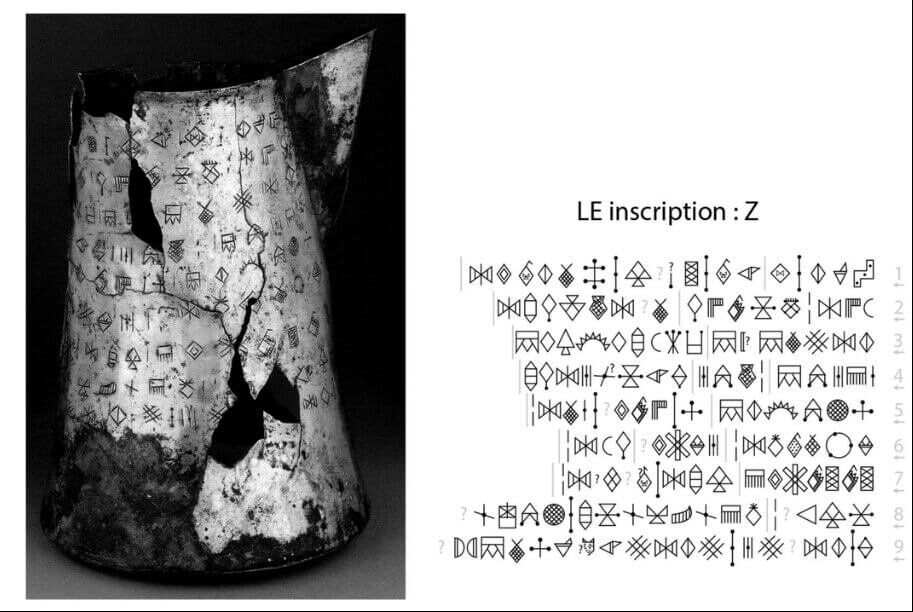For decades, Neanderthals have been portrayed as stoop-backed, heavy-browed, and primitive beings, existing a few rungs below modern humans on the evolutionary ladder. However, recent research challenges this long-held view, suggesting that Neanderthals may not be the separate species we've always believed them to be. In a groundbreaking study conducted by a team of researchers led by University of Trento archaeologist Diego Angelucci, evidence from the Gruta da Oliveira cave site in central Portugal paints a different picture of our ancient cousins.
A Shared History
The prevailing belief that Neanderthals were a distinct species, Homo neanderthalensis, is rooted in their anatomical differences from modern humans. These early findings, dating back to the 19th century, led to the notion that Neanderthals were intellectually inferior to Homo sapiens. However, as science advanced and more discoveries were made, our understanding of the Neanderthals began to evolve.
The Gruta da Oliveira Findings
The Gruta da Oliveira cave site has provided critical insights into the lives of Neanderthals. The research conducted over two decades reveals that Neanderthals shared their habitat with various animal species, including wolves, lions, brown bears, and lynxes, between 93,000 and 71,000 years ago. Among the artifacts and remains found in the cave, the discovery of bones that showed evidence of the controlled use of fire was particularly significant.
Neanderthals, it appears, were skilled in using fire for a multitude of purposes. They cooked a variety of meats, such as goat, deer, and horses, over a hearth that remained in a fixed position. This suggests that fire was a central element in their daily lives, not only for sustenance but also for warmth and protection from predators.
The Use of Fire
The controlled use of fire is a defining characteristic of advanced human cultures. While it's well-documented that our ancestors utilized fire for various purposes, including cooking and protection, the revelation that Neanderthals were also adept at fire management challenges the notion of their simplicity. As Diego Angelucci states, "There is a general agreement among archaeologists that they knew how to use fire."
The methods Neanderthals used to start fires remain a subject of inquiry. However, there is a tendency to believe that Tzi, the Iceman, used methods akin to those of later Neolithic cultures, like the flint and tinder method. This suggests a level of sophistication in their survival skills and technology.
A Shared Ancestry
Genetic analysis has further blurred the lines between Neanderthals and modern humans. It is now well established that there has been interbreeding between these two groups multiple times throughout history. This genetic connection weakens the argument for classifying Neanderthals as a separate species, as they are, in essence, our ancient relatives.
Conclusion
While the classification of Homo neanderthalensis may not disappear entirely, the accumulated evidence challenges the traditional view of Neanderthals as a separate and primitive species. The Gruta da Oliveira research and genetic studies reveal a more complex narrative, where Neanderthals are not distant cousins but closer siblings in our shared evolutionary history.
As we continue to delve into the past, it becomes increasingly clear that the Neanderthals were not the simple-minded brutes we once imagined. Instead, they were resourceful, capable, and culturally sophisticated beings who deserve a place alongside us in the Homo sapiens family portrait. This reevaluation of Neanderthals underscores the dynamic nature of scientific understanding and our ever-evolving perception of our ancient ancestors.













































